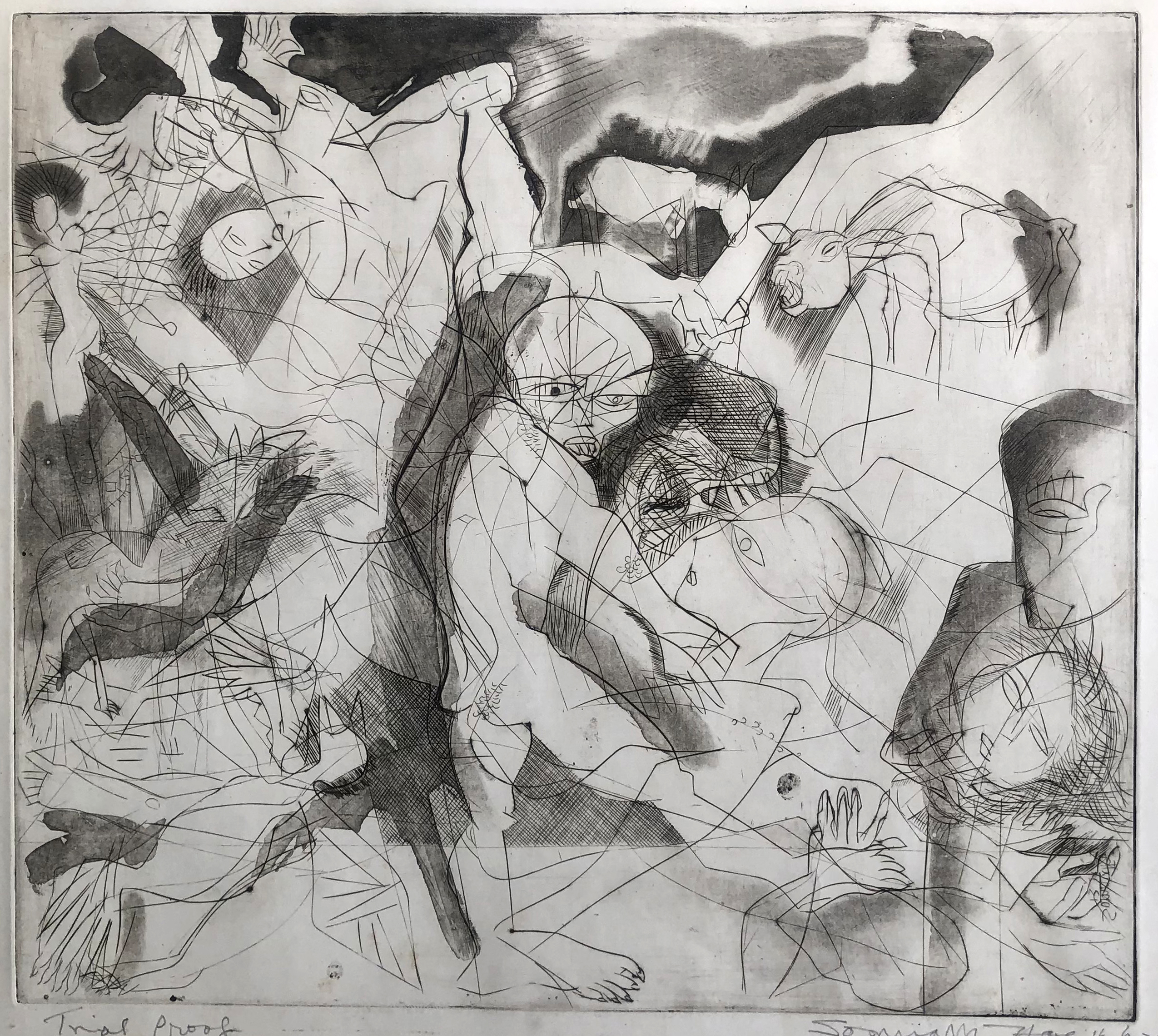VOIICE FOR WOMEN:
K.A. Abbas & Guru Dutt
Dr. Seema Bhalla
Though not being of sceptical temperament, onecannot help but recount and ponder over various programmes that were organised on the International Women’s Day and wonder how many were relevant and sincere beyond that specific day.
A programme based on women who are ordinary and of no great social importance, titled, ‘Gyara Hazar Ladkian’, comes to mind since it left a lasting impression. It was a story reading session; its title translates to ‘Eleven Thousand Women’ which was taken from the socially relevant film of 1962 by K.A. Abbas. Organised by the Khwaja Ahmad Abbas Memorial Trust, the programme was introduced by the writer and feminist- Syeda Saiyidain Hameed followed mby readings of three women oriented stories, written by K.A. Abbas – ‘Bholi’ read by Ghazala, ‘Sylvia’ by Sunil Tandon and ‘Teen Aurtein’ read by Poonam Girdani and Namita Singhai of team Dastan Goi , directed by Mahmood Farooqui and Anusha Rizvi .
There are a few progressive thinkers who have brought to light the real-situation of a common woman, struggling through life situations that are inflicted upon her not only by society but also by her own family and in-laws. Stories like ‘Bholi’ are not written for any Women’s Day celebrations, but are written by writers who are sensitive at heart and empathise with humanity with compassion that reflect in their writings. The film director, script writer, novelist and journalist, the late Khwaja Ahmad Abbas (1914- 1987),
It is the situation of the common woman with the daily grind of life that society puts her through, which needs to be addressed. Any number of womenoriented poetry sessions, talks, plays, programmes are meaningless for the woman whose condition is least affected by any of these high-profile events which do nothing to bring forth positive difference in the reality,of woman’s situation
These two men belonged to different religions but their faith taught them to be humane in their sensitivity. They projected the issue of women through their cinema that had a much higher reach than any other medium at the time.


